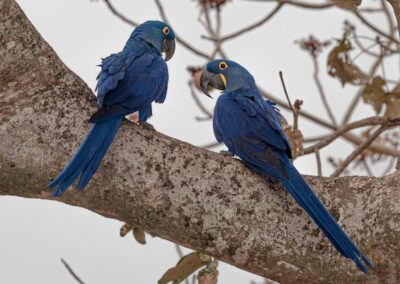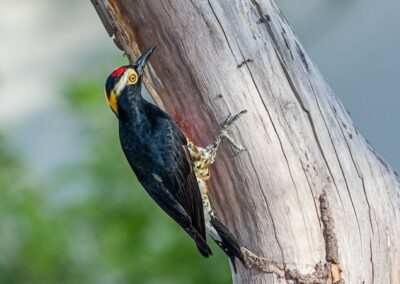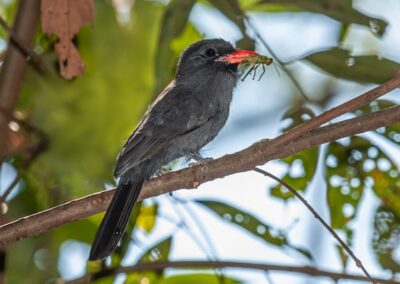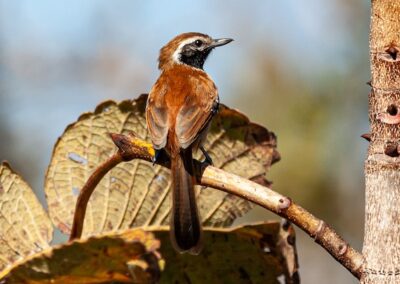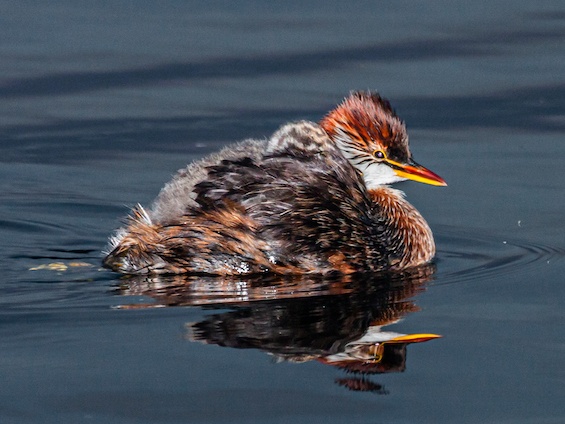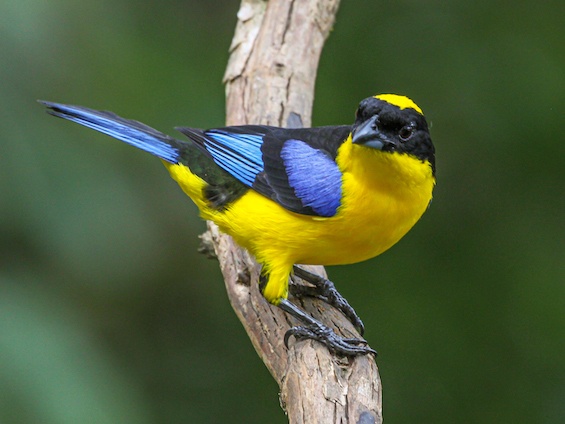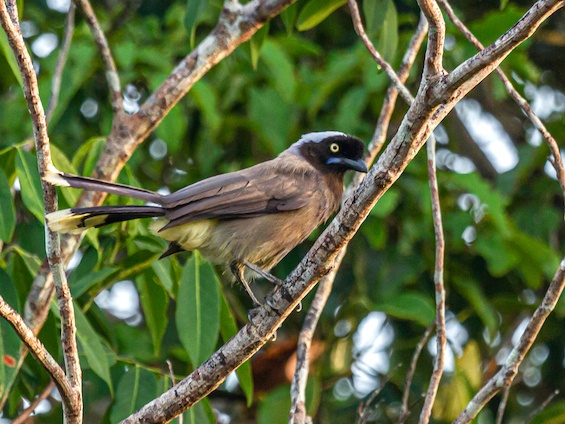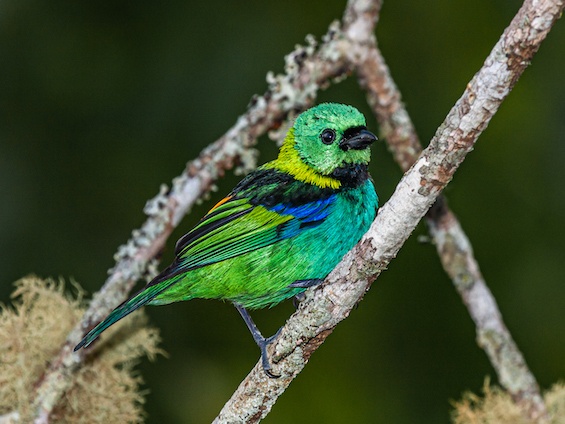Tour Features
Join us on this fantastic birding adventure in the heart end of South America. Our birding adventure begins by exploring the Cerrado habitat in and around Chapada dos Guimarães, to the move on to the world famous Pantanal, where we’ll spend time exploring its northern section, between Poconé and the Cuiabá River.
The Cerrado, or Campo Cerrado, corresponds to the arboreal savanna of other tropical continents. It spans over more than 2 million square kilometers (770,000 sq. mi.), covering 23.5% of Brazil’s land area. This ecosystem dominates west-central Brazil, extending all the way south into Paraguay. Sparsely scattered low trees and bushes with twisted branches, thick grooved bark and leathery leaves shape this habitat. Reddish-colored termite nests are prominent on the trunks and they give shelter to nesting Campo Flicker and Peach-fronted Parakeet, who tunnel into their depths. The bird specialties here include Stripe-tailed Yellow-Finch, White-rumped and Shrike-like tanagers, Coal-crested Finch, Red-legged Seriema, Red-winged Tinamou, Yellow-faced Parrot, the secretive Collared Crescentchest and the endemic Rufous-winged Antshrike.
The Pantanal is considered the easiest place to see and photograph a great variety of tropical animals in the Neotropics. The Pantanal is perhaps the only place on earth where one has reasonable chances to encounter Jaguars in the wild. While mammals are impressive, it is the amazing abundance of birds that gives Pantanal its fame. It is a destination for three major South American migratory routes. The shrinking of vast flooded areas in the beginning of the dry season, concentrate fish for waders such as Jabiru, Maguari and Wood storks, Great and Snowy egrets, numerous herons, five species of ibis and Roseate Spoonbill. Four species of kingfishers, Snail Kite, Black-collared and Roadside hawks and several other raptor species, many parrots, parakeets and macaws and an array of other interesting birds make from this a favorite destination for bird watchers the world over. The ease with which birds can be seen is equally a bonus for the experienced birder and first-time birding tour participant.
Some Birds We’ll Look For
Chapada dos Guimarães: Rufous-winged Antshrike, Blue Finch, Horned Sungem, Coal-crested Finch, Collared Crescentchest, Pheasant and Pavonine cuckoos, Planalto Slaty Antshrike, Tataupa Tinamou, Small-billed Tinamou, Ornate Hawk-Eagle, Yellow-tufted Woodpecker, Blue-winged Macaw, Blue-headed Parrot, Sharp-tailed Streamcreeper, Streaked Xenops, Band-tailed and Fiery-capped manakins, Southern Antpipit, Curl-crestd Jay, Chapada Flycatcher, Swallow Tanager, Shrike-like and White-rumped tanagers, Red Pileated Finch, Black-throated Saltator and Pectoral Sparrow.
Pantanal: Hyacinth Macaw, Agami Heron, Sunbittern, Sungrebe, Helmeted Manakin, Red-legged Seriema, Mato Grosso Antbird, Chestnut-bellied Guan, Toco Toucan, Long-tailed Ground-Dove, Buff-bellied Hermit, Rufous-tailed Jacamar, Red-winged Tinamou, Blue-crowned Trogon, American Pygmy and Green-and-rufous kingfishers, White Woodpecker, Blue-fronted Parrot, Greater Thornbird, Grey-crested Cacholote, Forest Elaenia, Ashy-headed Greenlet and Orange-backed Troupial.
INFORMATION
Tour Interest:
Tour Type:
Tour Dates:
Tour Duration:
Starts/Ends:
Best time to go:
Prices:
What’s Included?
What’s Not Included?
Itinerary ( 12 days )
Day
1
Arrival
Afternoon meeting at Cuiabá Airport. Drive to Chapada dos Guimarães. O/N Chapada dos Guimarães.
Day
2 & 3
Chapada dos Guimarães.
Two full days birding different habitats around Chapada dos Guimarães. O/N Chapada dos Guimarães.
Day
4
Pouso Alegre.
Chapada dos Guimarães to Pouso Alegre. O/N Pouso Alegre.
Day
5
Northern Transpantaneira
Full day birding Northern Transpantaneira. O/N Pouso Alegre.
Day
6
Northern Transpantaneira.
Full day birding Northern Transpantaneira. O/N Río Claro.
Day
7
Río (River) Claro.
Morning birding boat tour along the Río (River) Claro. Afternoon birding around the lodge. O/N Río Claro.
Day
8
Porto Jofre.
Río Claro to Porto Jofre. O/N Porto Jofre.
Day
9 & 10
Porto Jofre & Southern Transpantaneira.
Two full days birding and looking for Jaguars at Porto Jofre and Southern Transpantaneira by land and boat. O/N Porto Jofre .
Day
11
Poconé area.
Porto Jofre to Poconé area. O/N Piuval.
Day
12
Tour conclusion
Piuval to Cuiabá Airport. Tour conclusion.






